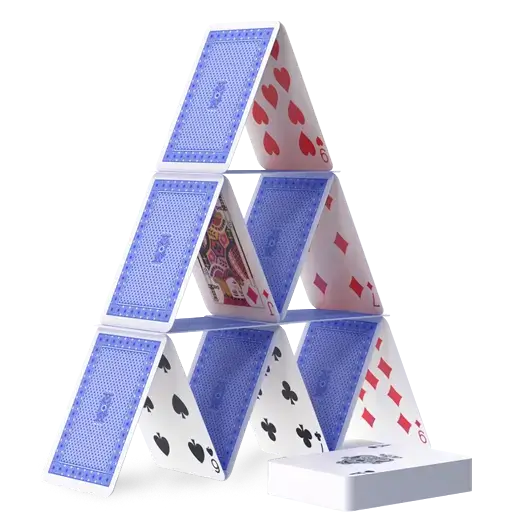What Are The Differences Between Classic Tetris And Modern Tetris Versions?
Key Differences Between Classic Tetris and Modern Tetris Versions
Tetris, one of the most iconic video games of all time, has undergone significant changes since its inception in 1984. While the core gameplay remains focused on stacking and clearing lines, modern Tetris versions include new features and mechanics that distinguish them from the classic version. Here' s a detailed comparison of the two:
1. Gameplay Mechanics
Classic Tetris:
In classic Tetris, once a piece touches the stack or the bottom of the screen, it locks into place immediately, leaving little room for adjustments. Rotating pieces and maneuvering them must be done quickly.
Modern Tetris:
Modern versions introduce mechanics like the “lock delay,” which allows players to rotate and move a piece for a short time after it touches the stack. This makes gameplay more forgiving and strategic.
2. Hold Function
Classic Tetris:
There is no hold function. Players must work with the next piece they are given.
Modern Tetris:
Modern versions allow players to hold a piece for later use. This feature adds strategic depth, enabling players to save useful pieces like I-tetriminos (straight pieces) for opportune moments to clear multiple lines.
3. Piece Rotation System
Classic Tetris:
Rotating pieces often feels rigid. Classic Tetris uses a simple rotation system that can make some pieces difficult to maneuver in tight spaces.
Modern Tetris:
Modern games use the Super Rotation System (SRS), which makes it easier to rotate and place pieces in tight spots, including "wall kicks" that allow pieces to rotate into spaces they wouldn’t fit in under classic rules.
4. Speed and Difficulty Scaling
Classic Tetris:
The game progressively speeds up as players advance to higher levels. The difficulty increase is steep, and there are fewer tools to recover from mistakes.
While speed also increases in modern versions, players have access to mechanics like hold, lock delay, and T-spins (rotating pieces into tight spaces to earn bonuses), which allow for better recovery. Some versions also include a "guideline" mode for beginners.
5. Scoring System
Classic Tetris:
Scoring is based on clearing lines, with higher points awarded for clearing multiple lines simultaneously. There are no bonuses for advanced techniques.
Modern Tetris:
Modern Tetris emphasizes advanced techniques like T-spins and combos. Players earn extra points for clearing lines in rapid succession or using strategic moves, adding layers of depth and competition to the game.
6. Visual and Audio Design
Classic Tetris:
Graphics are simple, with monochrome or limited color palettes. Audio is minimal, often limited to iconic tunes like the "Korobeiniki" theme.
Modern Tetris:
Modern versions boast vibrant, high-definition visuals, dynamic animations, and customizable themes. Audio tracks are often more elaborate, featuring dynamic music that adapts to gameplay intensity.
7. Game Modes
The original version only features the traditional endless mode, where the goal is to achieve the highest score.
Modern Tetris:
Modern games offer a variety of modes, including timed challenges, multiplayer battles, story campaigns, and innovative variations like Tetris 99 (battle royale) or Puyo Puyo Tetris (hybrid gameplay).




